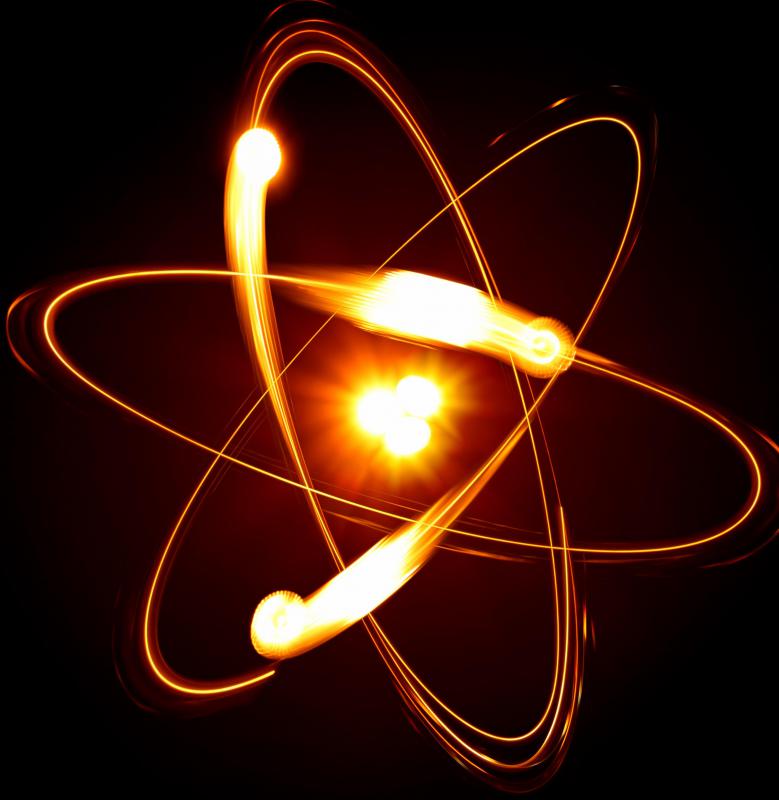At WiseGEEK, we're committed to delivering accurate, trustworthy information. Our expert-authored content is rigorously fact-checked and sourced from credible authorities. Discover how we uphold the highest standards in providing you with reliable knowledge.
What is the Radiation Belt?
The Van Allen radiation belt is a region around Earth that contains a large number of trapped energetic particles. It consists of an inner belt with high-energy protons and an outer belt of electrons. The belt was named after a professor of the University of Iowa who was influential in its discovery. The radiation belt presents a risk to both electronics and astronauts who pass through it, so spacecraft typically require countermeasures to this threat if they need to traverse the region.
James Van Allen helped convince mission planners to include a Geiger counter on the U.S. Explorer 1 satellite to detect charged particles. This spacecraft discovered the inner radiation belt after it was launched on 31 January 1958. Explorer 1 was flown in part as a response to the Soviet satellite Sputnik 1, which sparked the Space Race. The outer belt was first detected by Pioneer 3, a lunar probe, on 6 December 1958. In fact, other belts between the inner and outer belts have been discovered, but they were caused by transient solar activity and eventually disappeared.

The inner radiation belt consists primarily of high-energy protons. Protons in the inner belt come from the radioactive decay of neutrons in the upper atmosphere. These neutrons originated from collisions between cosmic rays and atomic nuclei in space. Magnetic fields above about 62 miles (100 kilometers) from Earth’s surface tend to keep these particles trapped above the atmosphere. Occasionally, however, these particles will strike the atmosphere and produce auroras, the polar displays of lights in the sky.

The outer radiation belt, on the other hand, is made mainly of electrons. It is significantly further from Earth than the inner belt, sometimes reaching a distance of 10 Earth radii. The number of particles in the outer belt also tends to vary more than in the inner belt. Particles trapped in the outer radiation belt are thought to originate in the sun and be carried to Earth by the solar wind.

Radiation in the Van Allen belts can cause damage to both electronics and human health. Satellites in orbit around Earth have had their electronics destroyed by activity from geomagnetic storms. Spacecraft passing through the belts experience a similar rise in radiation levels. Astronauts in the region of the radiation belts would receive a much higher radiation dose than in low Earth orbit. Therefore, mission planners must develop methods of protecting spacecraft and astronauts from the Van Allen belts during interplanetary missions.
AS FEATURED ON:
AS FEATURED ON:













Discuss this Article
Post your comments